A Grandfather's Gift:
From the Underground Railroad to Thoughts on Race
Map: Compiled from "The Underground Railroad from Slavery to Freedom" by Willbur H. Siebert Wilbur H. Siebert, The Macmillan Company, 1898.[1], Public Domain.
If you are new to this site, please click here to read the story behind A Grandfather's Gift.
If you are new to this site, please click here to read the story behind A Grandfather's Gift.
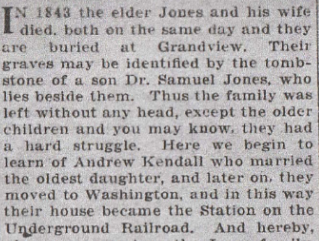
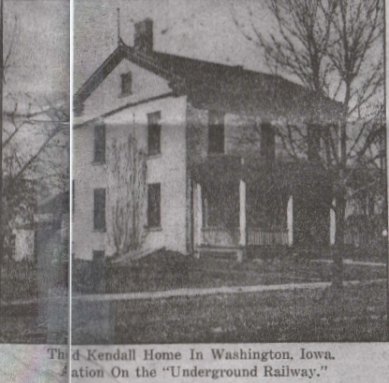
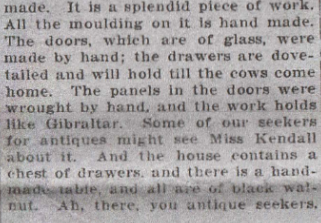
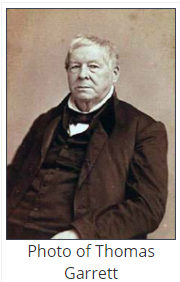
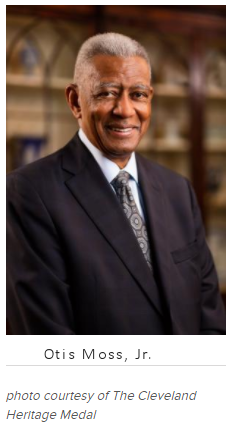
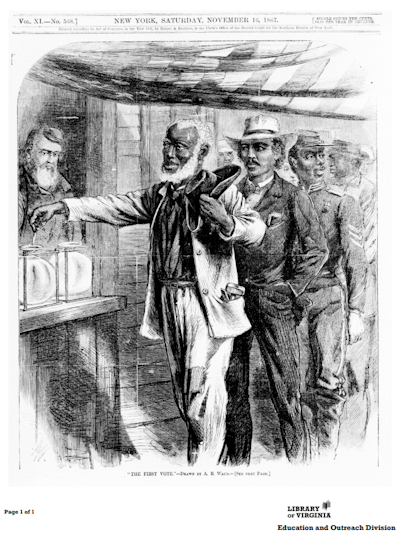
 RSS Feed
RSS Feed